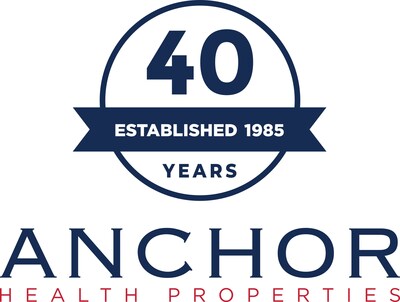Four Decades of Innovation: How Anchor Health Properties Reshaped the Medical Real Estate Landscape

Since its groundbreaking establishment in 1985, Anchor Health Properties has emerged as a pioneering force in healthcare real estate. As a comprehensive national company, Anchor specializes in developing, managing, and investing in cutting-edge medical outpatient buildings and specialized healthcare facilities.
Throughout its remarkable journey, the company has distinguished itself by forging strategic partnerships with diverse health systems and private healthcare providers. Their unique approach focuses on creating innovative, patient-centered environments that not only enhance medical infrastructure but also significantly improve the overall healthcare experience.
Anchor Health Properties has consistently demonstrated an unwavering commitment to transforming healthcare real estate. By prioritizing design, functionality, and patient comfort, they have set new industry standards that go beyond traditional facility development. Their expertise lies in crafting dynamic spaces that seamlessly blend advanced medical technology with compassionate care delivery.
With a proven track record of excellence, Anchor continues to be a trusted leader in reimagining healthcare environments. Their comprehensive solutions address the evolving needs of modern medical practices, ensuring that healthcare facilities are not just buildings, but strategic assets that support superior patient care and operational efficiency.

